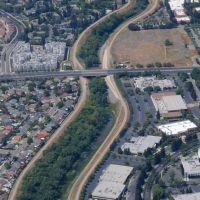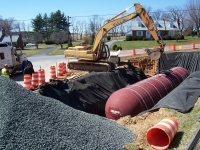Inspection and Maintenance of Stormwater Systems
Thu, Jun 24, 2010Theodore (Ted) E. Scott is the Managing Member of Stormwater Maintenance, LLC, in Hunt Valley, Maryland. He has provided our audience some insights into the inspection, maintenance, and repair of storm water systems. There are three categories of these systems that we’ll investigate: surface basins, underground structures and drainage systems.










